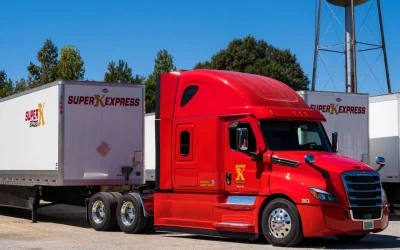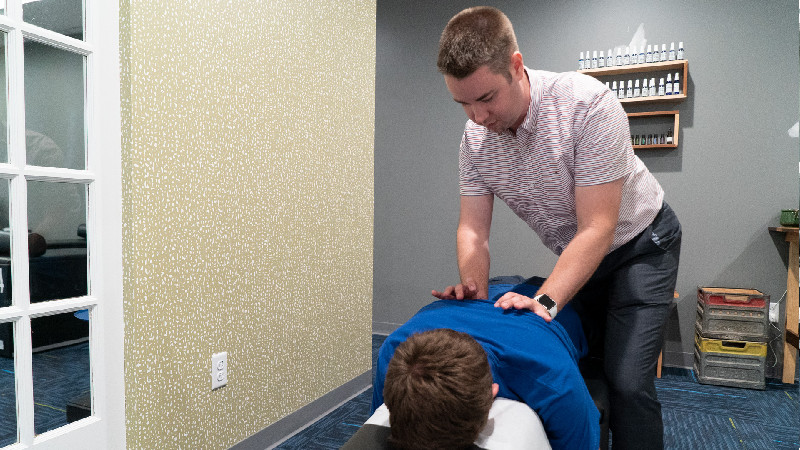Spot welding or single point resistance spot welding is a process by which 2 or more metals are permenantly joined together. This process also known as connecting is accomplished by using heat that is obtained from the reistance to electic current. What this means is the resistance of the electric current causes rhe weld piece to become plasitc-like and eventually become molten. Once the weld piece becomes molten, then the pincer pressure forges the moten materials to fuse together. At this point, the end product can be left to cool or additional pressure can be added to forge the weld into a weld nugget.
Uses
There are a multitude of uses for spot welding in Cleveland. Obviously, the combining of metals is the most common use, however other materials can welding is such a manner as well (other materials includes welded wire mesh, standard wire mesh and a variety of aluminum alloys). Automotive manufacturing typically uses this form welding for the majority of its complex parts that are apart of the modern vehicle design. For instance, sheet metal is almost universally welded to form the vehicle body design.
Other major uses for spot welding include orthodontics and battery production. Orthodontist’s clinics use this particular welding technique on a smaller scale to resizes metal molar bands. With battery production, nickel-cadmium or nickel-metal hydride cells are forged together to make batteries.
Processing
To accomplish this form of welding, there are three major steps involve – bringing electrodes to the surface of the metal, applying the right amount of pressure, followed by cooling the workpieces by submerging them in water or a brining solution.
Equipment
The equipment that is required for spot welding includes tool holders and electrodes. As the name suggests, tool holders essentially holds the electrodes in place and support water hoses if they are used for the cooling process – Cleveland welding companies may or may not use water but brine solution instead. Tool holders can either be a paddle-type, universal, light duty or the regular offset.
The other major component in this particular form of welding is the use of the electrodes. Electrodes are commonly composed of a low resistance alloy such as copper and come in a variety of application shapes as well as sizes.


